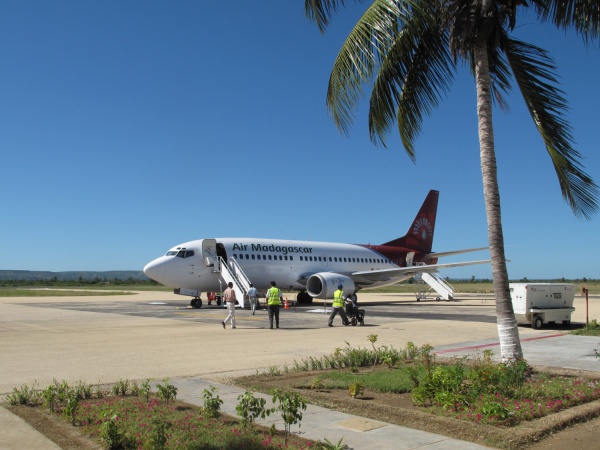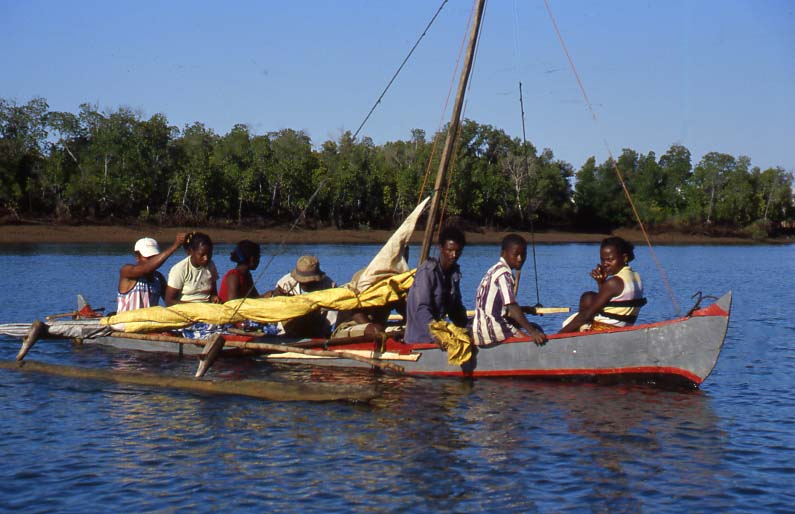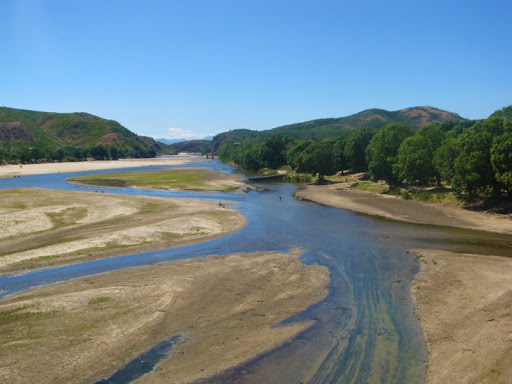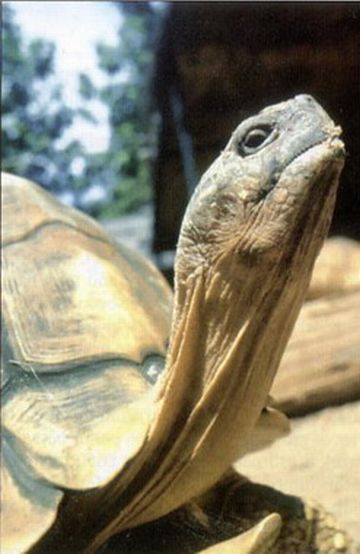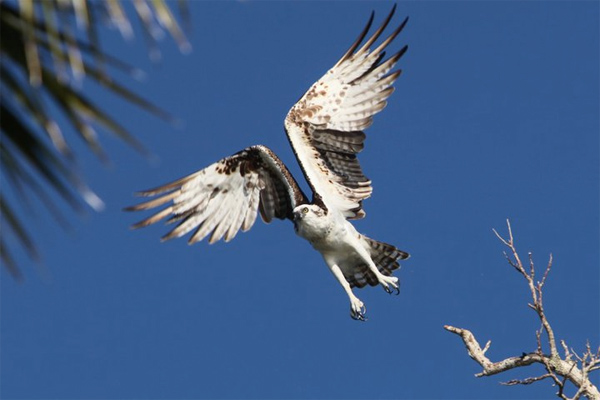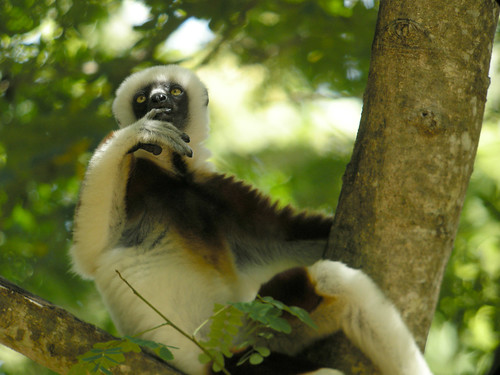
Although protected since 1966, Tsingy de Namoroka only gained National Park status in 2002.
It is 164 km southwest of Mahajanga and 50 km south of Soalala.
The park offers three distinct circuits (each taking three hours or more) showcasing the dense sub-humid forests of the west, crocodile caves, canyons and savanna - habitats for an impressive array of wildlife.

Among them are 81 species of birds, including the endangered Madagascar teal (Anas Bernieri) and the crested ibis.
The 30 species of reptile include a black-and-yellow striped nocturnal snake (a species of Stenophis) endemic to Namoroka, and the locally endemic side-necked (or big-headed) turtle.
Lemurs include Decken's sifaka, red-fronted brown lemur and western grey bamboo lemur, as well as nocturnal species.
Many of the cave networks in Namoroka are unexplored and unmapped and should be entered only with a guide.

http://magicnamibia.blogspot.com
http://magicbotswana.blogspot.com
http://magicsouthafrica.blogspot.com
http://magicmadagascar.blogspot.com
http://magicmozambique.blogspot.com
http://magiadinamibia.blogspot.com
http://vagabondoinafrica.blogspot.com



